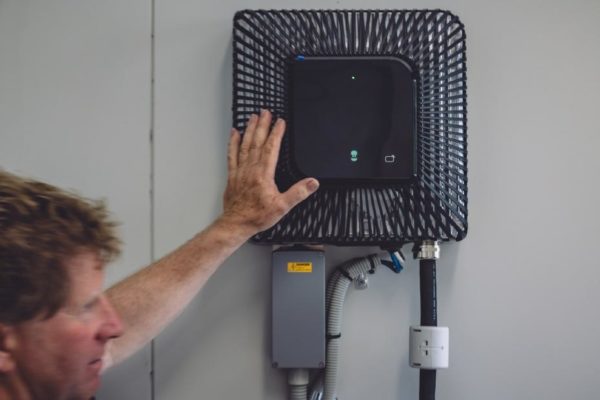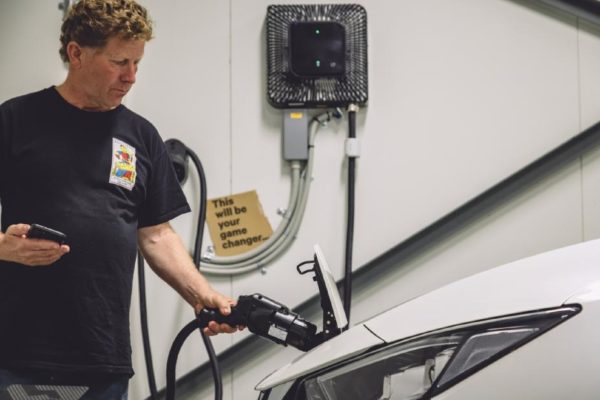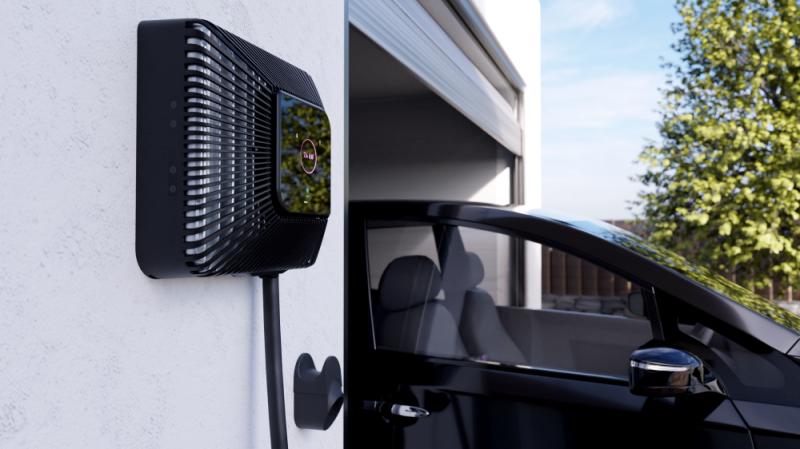Electricity provider South Australia Power Networks (SAPN) has launched a trial of bi-directional vehicle-to-grid (V2G) technology that lets private electric vehicle (EV) owners in the state charge and discharge their EV, allowing them to power their homes and businesses and also feed excess energy stored in their car battery into the grid.
Melbourne-based EV charging company Jet Charge said it had received approval from SAPN to install the Quasar bi-directional charger developed by Spanish firm Wallbox. The technology enables two-way power exchanges, effectively turning EVs into mobile batteries, provided the car is equipped with V2G or vehicle-to-home (V2H) capabilities.
Jet Charge Chief Executive Officer Tim Washington said the “ground-breaking” two-way technology transforms a vehicle into a mobile energy storage solution, at once capable of meeting both transport and property energy needs, while also able to export excess energy to the grid.
“This is a monumental milestone for our industry,” Washington said. “V2G technology will transform how we view electric vehicles and holds the key to zero cost mobility.”
SAPN Head of Corporate Affairs Paul Roberts said smart chargers and connections will also provide utilities with access to renewable energy that they can use to manage energy flows securely while avoiding the need for large-scale investment in additional network capacity.
“This is very much part of the future where customers invest in various energy sources such as rooftop solar, home batteries and vehicle batteries and are more active participants in the supply and management of electricity,” Roberts said.
“In the long term we see people taking advantage of cheap energy during the day to charge their vehicles and then being able to sell that energy back into the grid at peak times when it may be needed.”

Image: Nissan
South Australia is the only jurisdiction in Australia that has provided approval for EV chargers to be installed in bidirectional mode in residential settings but the technology has been trialled there and elsewhere.
South Australia’s Flinders University last year installed 20 V2G chargers to fully utilise the battery capacity of its growing EV fleet while in 2020 the Australian Renewable Energy Agency (ARENA) backed a trial of the technology in the Australian Capital Territory. The Realising Electric Vehicle-to-Grid Services (REVS) project utilised a fleet of 51 Nissan Leaf vehicles to explore the ability of EVs to provide frequency regulation services to the National Electricity Market (NEM).
Jet Charge said it is looking to have V2G technology deployed nationally and is actively working with the appropriate distribution network service providers and regulatory bodies to obtain the required approvals.
“South Australia’s leadership in approving the first V2G charging station in Australia is promising and we look forward to other states and territories following suit,” Washington said.
Residents in South Australia are now able to submit an application to SAPN to install a Quasar V2G charger. If approved, they will be eligible to purchase the charger from Jet Charge for about $10,000, excluding installation costs, with the company opening orders later this month for the next shipment of units.

Image: Nissan
The first of the Wallbox Quasar chargers has already been installed at the Ballycroft Vineyard and Cellars in the Barossa Valley where owner Joseph Evans has used the V2G technology alongside rooftop solar to not only eliminate his power bill, but profit from the energy he feeds back into the grid.
Evans said his Nissan Leaf’s 40 kWh battery offers enough range for his daily round-trip to Adelaide, where he makes wine deliveries to restaurants, before recharging the vehicle later that day using rooftop solar. After recharging his vehicle, Evans then uses the stored energy to power his home and property overnight, while also feeding unused energy back into the grid and earning a rebate tariff.
“This is a game-changer,” he said. “I’ve gone from a $6000 annual power bill to making around $50 per week in profit selling my excess power back to the grid.”
“That is more than $2,500 in annual profit, from what was once a significant cost. Instead of paying for my power, I’m getting paid for my power. “
This content is protected by copyright and may not be reused. If you want to cooperate with us and would like to reuse some of our content, please contact: editors@pv-magazine.com.









2 comments
By submitting this form you agree to pv magazine using your data for the purposes of publishing your comment.
Your personal data will only be disclosed or otherwise transmitted to third parties for the purposes of spam filtering or if this is necessary for technical maintenance of the website. Any other transfer to third parties will not take place unless this is justified on the basis of applicable data protection regulations or if pv magazine is legally obliged to do so.
You may revoke this consent at any time with effect for the future, in which case your personal data will be deleted immediately. Otherwise, your data will be deleted if pv magazine has processed your request or the purpose of data storage is fulfilled.
Further information on data privacy can be found in our Data Protection Policy.